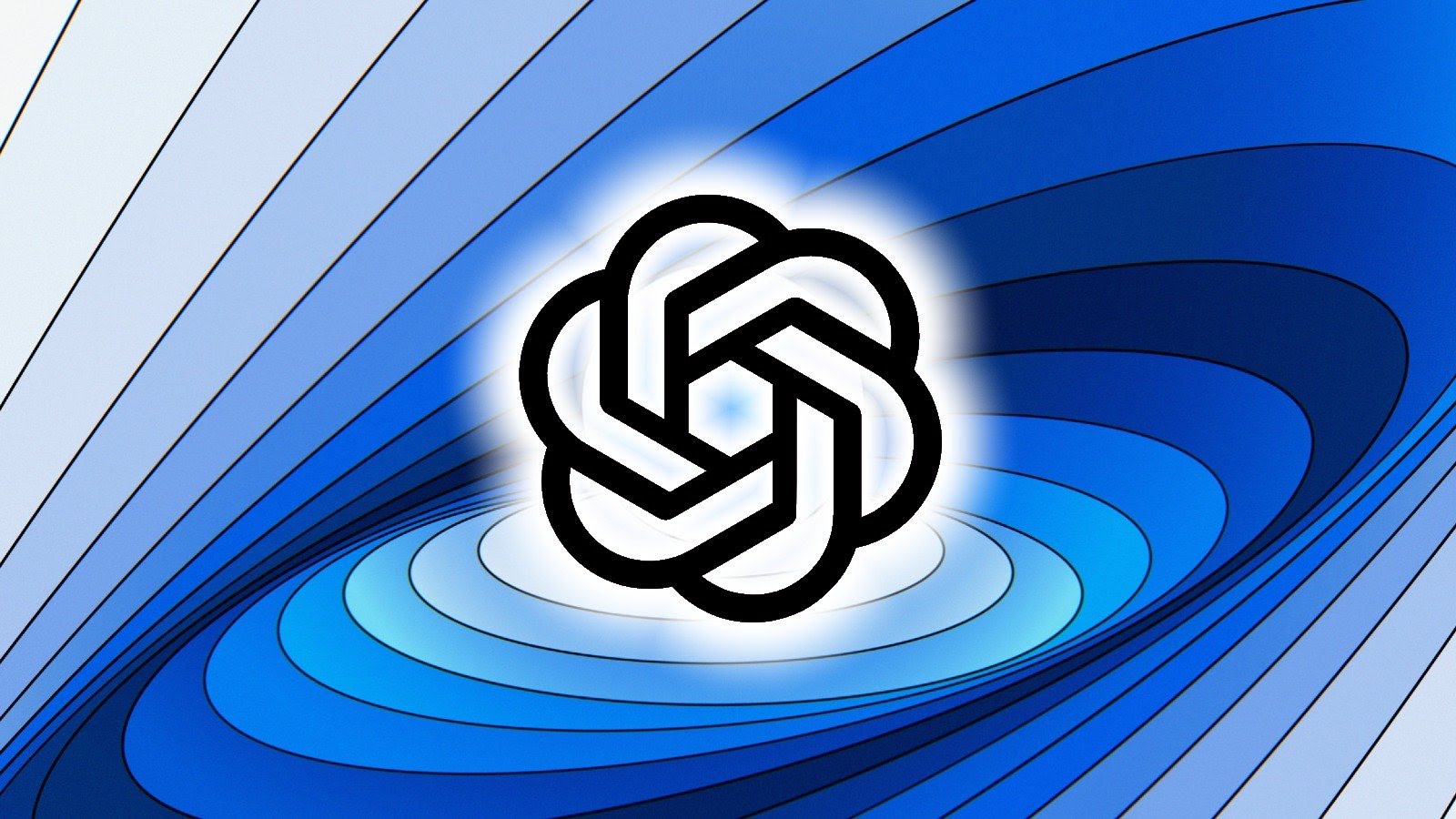The world of artificial intelligence is constantly evolving, but with evolution often comes complexity. Today, OpenAI has confirmed its next major move: GPT-5 Unification. This step promises to merge the most powerful breakthroughs from different AI models into one cohesive, easy to use system. For businesses, developers, and everyday users, this could be the clarity the AI world desperately needs.
Currently, OpenAI’s ChatGPT offers multiple models like GPT-3.5, GPT-4, and GPT-4 turbo. While each has its strengths, the overlapping names and varying capabilities often confuse users. With GPT-5 Unification, OpenAI aims to eliminate this confusion, offering a singular, powerful model capable of handling a wide range of tasks seamlessly.
The Confusion of Multiple AI Models
For many, navigating AI models feels like walking through a maze. You want speed? Use GPT-3.5. You want reasoning? Use GPT-4. But what’s turbo? Is it better? These questions plague businesses and individuals alike.
AI in Small Businesses
Consider the story of “GreenTech Solutions,” a small startup trying to integrate AI into its daily operations. CEO Hassan Malik shared, “We spent weeks testing different AI models, only to realize we were spending more time choosing models than actually using them. The model names confused even our tech team.”
GPT-5 Unification directly addresses this struggle by merging these capabilities into one simplified, robust AI experience.
What Exactly Is GPT-5 Unification?
A Unified AI Architecture
The core idea behind GPT-5 Unification is to combine various specialized models those built for coding, writing, image understanding, and more into a single, unified AI system. This means users no longer have to pick different models for different tasks; GPT-5 will intelligently adapt to whatever is required.
Multimodal Power in One System
Experts believe GPT-5 will bring enhanced multimodal abilities under this unified architecture. It won’t just process text; it will handle images, code, possibly audio and video all in one AI brain.
Why Unification Matters
Dr. Sameera Qureshi, a renowned AI researcher from MIT, says, “Model fragmentation is a real barrier to AI adoption. GPT-5 Unification could significantly lower the technical entry point, making AI accessible to millions who currently feel overwhelmed.”
Tech analyst James Patel adds “This isn’t just an engineering upgrade. It’s a product design revolution. By unifying models, OpenAI simplifies AI interaction while retaining cutting-edge performance.”
With competition heating up from Google’s Gemini and Anthropic’s Claude, GPT-5 Unification could give OpenAI the strategic edge it needs.
Wrestling with AI Choices
As someone who uses ChatGPT daily for content writing, coding support, and research, I’ve faced the confusion firsthand. Switching between GPT-4 and GPT-4 turbo often felt like a guessing game. Is turbo better? Is it just faster? The answers were buried in technical documentation.
The arrival of GPT-5 Unification feels like a long awaited relief. Imagine one AI model fast, reliable, creative without the headache of choosing or switching.
The Technical and Business Case
From a technical perspective, GPT-5 Unification offers several advantages-
Consistent Performance: Instead of juggling models, users get the best of all worlds in one system.
Improved Efficiency: OpenAI can focus resources on refining a single, powerful model rather than maintaining multiple variants.
Scalability: Businesses can deploy AI more easily without worrying about model compatibility.
Market Strategy
With unified models, OpenAI also simplifies its product offerings. This is crucial as AI adoption moves beyond tech-savvy developers to mainstream businesses, educators, and creatives.
GPT-5 Unification isn’t just a technical evolution it’s a business necessity in an increasingly competitive AI market.
While excitement is building, experts warn that unifying models isn’t without challenges. Specialized models were optimized for specific tasks merging them risks losing that edge if not done carefully.
Still, OpenAI’s track record, from GPT-3 to GPT-4 turbo, shows they are capable of ambitious upgrades. If they succeed, GPT-5 Unification could reshape how humans interact with AI entirely.
A New Era of Simplicity and Power
The upcoming release of GPT-5 marks a potential turning point for AI. GPT-5 Unification promises to strip away confusion, consolidate capabilities, and deliver a smarter, more accessible AI to users worldwide.
For the millions frustrated by AI complexity, this could be the beginning of a new, simpler, and more powerful chapter.


1 thought on “GPT-5 Unification: OpenAI’s Plan to Combine AI Models Into One Powerful System”